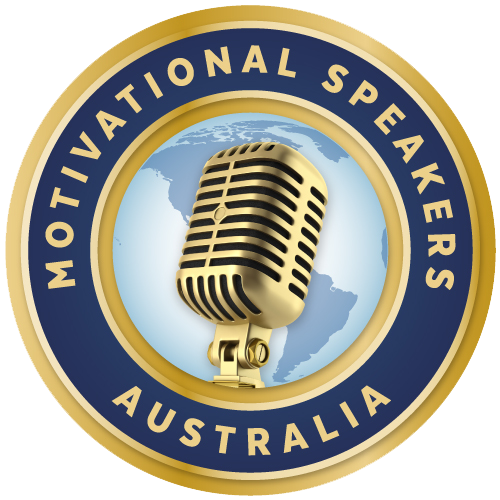by theEmother | Dec 31, 2009 | business ideas & thinking, entrepreneur trends (past & present!), so you think you're in business
Vasu Srinivasan for ChangeThis.com
The World is Flat, declared Thomas Friedman.
It is a Long Tail, says Chris Anderson.
Everything is Miscellaneous, avers David Weinberger.
Seeing it as The Wisdom of Crowds was a profound insight from James Surowiecki.
Their perspectives addressed several aspects of business, life and the human condition in general.
The truth is that we have reached not one era, but a multitude of eras, all at once and in a time-space compressed fashion. This has caused a shift in our expectations and our practices that impacts how we work, what we consume and how we live life.
Currently, the only tool that we have in our hands to combat this phenomenon is Change Management. It is a linear response to the non-linear set of changes happening in this Poly-Era (or Era containing multiple Eras). It is so Newtonian. We need a holistic new paradigm.
Complex Systems, on the other hand, has the beautiful notion of Emergent Structures, which are patterns not created by a single event or rule. Instead, the interaction of each part with its immediate surroundings causes a complex chain of processes leading to some new order.
The Connected Intelligence System is a practitioner-centric corporate operating system that augments Knowledge Work. The principal components emerge out of simple interactions of fundamental components and are based on Complexity Thinking.
It provides tools to address the changes that have taken place all at once in the human enterprise due to the coming of the Poly-Era in a holistic fashion… read on
by theEmother | Dec 31, 2009 | business ideas & thinking, entrepreneur trends (past & present!), entrepreneurial mothers, MEinc, so you think you're in business
Michael Strong for ChangeThis.com
…has a vision of schools which will promote authentic learning for our youth. He has a vision of creating institutions that model positive behavior. He believes that our society doesn’t provide this guidance early enough to help form the futures of children who are starved for meaning and inspiration. In this expansive manifesto, he calls for a diverse educational market in terms that any business person will appreciate… read on
by theEmother | Dec 31, 2009 | business ideas & thinking, so you think you're in business
some interesting reading for you…
many lessons to be learnt from the story of Starbucks
Posted by John Quelch for Harvard Business Publishing
Starbucks announcement that it will close 600 stores in the US is a long overdue admission that there are limits to growth.
In February 2007, a leaked internal memo written by founder Howard Schultz showed that he recognized the problem that his own growth strategy had created: Stores no longer have the soul of the past and reflect a chain of stores vs. the warm feeling of a neighborhood store. Starbucks tried to add value through innovation, offering wifi service, creating and selling its own music. More recently, Starbucks attempted to put the focus back on coffee, revitalizing the quality of its standard beverages. But none of these moves addressed the fundamental problem: Starbucks is a mass brand attempting to command a premium price for an experience that is no longer special. Either you have to cut price (and that implies a commensurate cut in the cost structure) or you have to cut distribution to restore the exclusivity of the brand. Expect the 600 store closings to be the first of a series of downsizing announcements. Sometimes, in the world of marketing, less is more.
Schultz sought, admirably, to bring good coffee and the Italian coffee house experience to the American mass market. Wall Street bought into the vision of Starbucks as the third place after home and work. New store openings and new product launches fueled the stock price. But sooner or later chasing quarterly earnings growth targets undermined the Starbucks brand in three ways.
keep reading…
by theEmother | Dec 31, 2009 | entrepreneurial mothers, so you think you're in business
Valarie A. Washington for ChangeThis.com
Problems lurk everywhere: under that stack of papers on your desk, in the unreturned phone call, within the carelessly worded email zipped off before its writer begins a long afternoon commute. Valarie Washington will teach you to diffuse potential problem bombs by thinking differently about problem solving… read on
by theEmother | Dec 31, 2009 | entrepreneurial mothers, MEinc
David Rendall for ChangeThis.com
My experience as an individual, consultant, parent and leader indicates that efforts to fix weaknesses are ineffective. Furthermore, I believe that the goal of being well-rounded is both undesirable and impossible to attain. The purpose of this manifesto is to explain why I believe this and to offer a better alternative.
These examples from my life illustrate the three primary lessons of this manifesto.
1.There is nothing wrong with you. Weaknesses are important clues to your strengths.
2.You find success when you find the right fit. You need to match your unique characteristics to situations that reward those qualities.
3.Your weaknesses make you different. They make you a freak and it’s good to be a freak…read on
I whole heartedly agree with David’s manifesto, good job.

